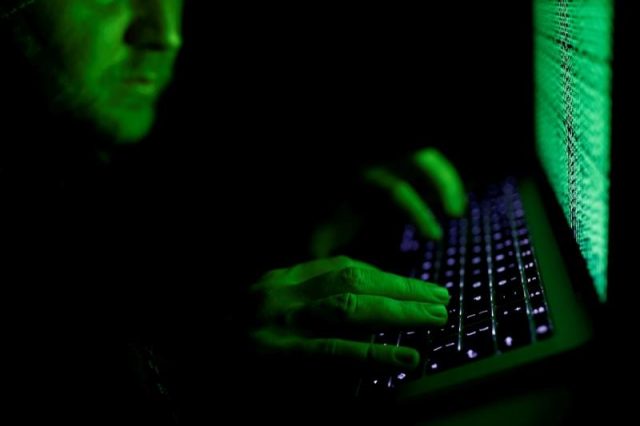The Philippines has been one of the most frequent victims of cyber attacks in the past year, according to a top cybersecurity and anti-virus provider.
In a report, cybersecurity Kasperksy Lab found that the Philippines was one of the most frequent victims of cyberattacks so far in 2018.
The network recorded 10.8 million web malware infections in the Philippines in just the second quarter of 2018, making it the ninth most attacked country for that period.
The number is a drastic increase from the 5.6 million infections recorded in the first quarter of the year.
Only 3.1 million attacks were recorded in the second quarter of 2017, meaning the number of attacks grew three-fold over the course of a year.
According to Kasperksy, 39.4 percent of the web infections were detected from home networks while 11.2 percent came from business networks.
The attacks were traced to countries such as the United States, the Netherlands, France, Portugal and Canada.
Majority of the attacks were related to cryptomining, revealing that the cryptocurrency boom continues to attract hackers and cybercriminals.
Such attacks have damaged the emerging cryptocurrency market. In June 2018, the price of leading cryptocurrency Bitcoin slumped after the Soth Korean cryptocurrency fell victim to a slew of cyberattacks.
Agencies around the world have expressed their concern over the increasing number of cryptocurrency-related cyberattacks in recent years.
Information drives on prevention and mitigation of cyberattacks have proliferated recently.
The Philippines is no stranger to cyberattacks. A report in 2014 found that the Philippines was the most targeted country in South East Asia.
Government offices and major banking institutions have also become a victim of such attacks.
About $81 million was diverted to the Philippines’ banking system after hackers tapped into the network of the Bangladesh Central Bank to rob a total of $951 million. The incident among the biggest cyber heists in history.
The funds were found to have been diverted to accounts with fictitious names.
Shortly after in March 2016, the voter database of that year’s national elections was leaked online after hackers defaced the Commission on Elections website.
Information on at least 55 million registered voters was believed to have been placed at risk.

